Artificial feed can partially replace seaweed for current production
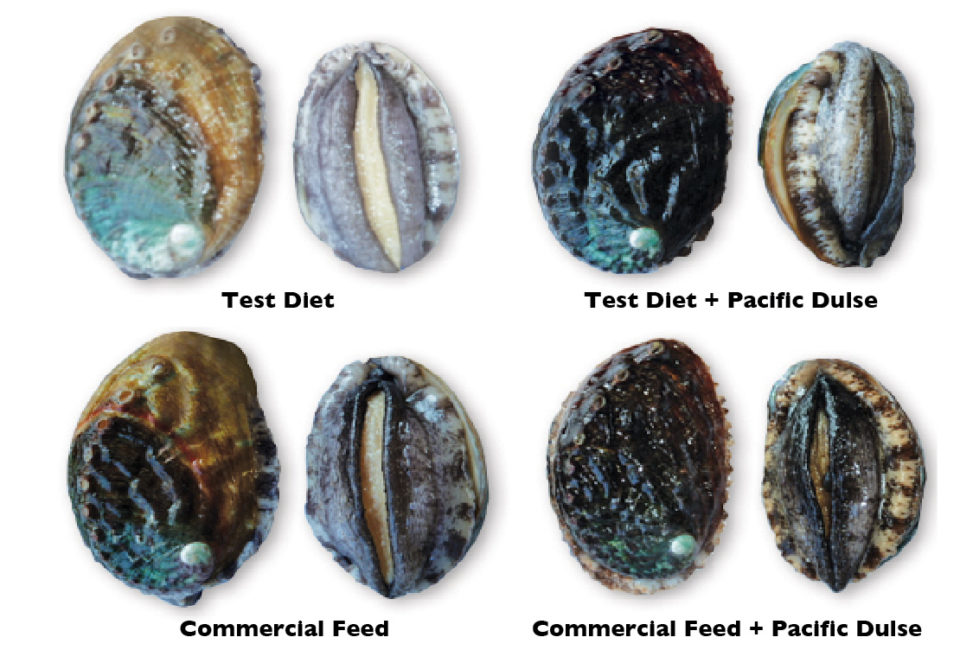
Abalone is a highly prized seafood. Pacific abalone, Haliotis discus hannai, is the most important species of abalone cultured in Hawaii, USA.
Wild Pacific abalone eat red and brown seaweeds and have a dark-brown shell. Hawaii Abalone Co. has used a red seaweed, Pacific dulse (Palmaria mollis), to culture abalone and obtain a dark-brown shell color, which is preferred by the international seafood market, especially in Japan. However, feeding Pacific abalone with an artificial, commercially available diet has typically resulted in the abalone appearing yellow, green or pink in color.
There is great demand for the development of a formulated diet for cultured abalone to support sustainable production of this shellfish. Unfortunately, culturing seaweed is expensive, and it is difficult to mass produce. The authors therefore performed research to evaluate the effects of artificial diets, the seaweed P. mollis, and combinations thereof on abalone growth, meat quality and shell color.
Diet preparation, feeding methods
An artificial test diet was prepared by extrusion through a single-screw extruder at the feed mill of the Oceanic Institute in Hawaii. Each of five, 2,000-L tanks was stocked with about 5,000 juvenile Pacific abalone of similar size, reflecting a total biomass of about 35 kg. The mean weight and shell size of the abalone were 7.1 g and 35.3 mm, respectively. Each tank received approximately 500 L/hour of 200 µ-filtered seawater at ambient temperatures of 17.5 to 19.5 degrees C, with pH at 8.2 ± 0.2 and salinity of 32 to 35 ppm.
For the first week of the trial, all abalone were fed Pacific dulse. After the first week, each tank received one of the following diets: Pacific dulse as a control, a test diet, the test diet plus Pacific dulse, an imported commercial feed, and the commercial feed plus Pacific dulse. The feeding trial lasted 220 days. The abalone were fed three times weekly in the single-diet treatment, but twice with the artificial diet plus one time Pacific dulse weekly for the combination diet treatments.
Diet composition
The proximate composition of the diets is shown in Table 1. The 29.4 percent crude protein content of the test diet was lower than the 35.7 percent protein content of the commercial feed, but its crude lipid content was over double that of the commercial feed. Freeze-dried Pacific dulse had only 22.1 percent crude protein and less carbohydrate and gross energy, but higher ash content than the two artificial diets.
Ju, Nutritional composition, Table 1
| Feed | Dry Matter (percent) | Crude Protein (percent) | Crude Lipid (percent) | Ash (percent) | Carbohydrate (percent) | Gross Energy (cal/g) |
|---|---|---|---|---|---|---|
| Pacific dulse | 95.3 | 22.1 | 2.1 | 38.5 | 32.6 | 2,510 |
| Test diet | 91.8 | 29.4 | 4.7 | 7.3 | 50.6 | 4,312 |
| Commercial feed | 91.2 | 35.7 | 1.6 | 6.0 | 47.9 | 4,126 |
The amino acid profiles of the diets and abalone meat were also analyzed. The percentages of seven essential amino acids in the test diet, commercial feed and Pacific dulse were higher than those in abalone meat, which may suggest they should meet the requirements for abalone growth. However, levels of arginine and threonine were 19 to 43 and 57 to 124 percent lower, respectively, than those in abalone meat. These two essential amino acids might be limiting in these diets.
Growth, survival
Table 2 shows the growth rates of the abalone based on weight and accumulative mortality after 220 days of feeding. Feeding abalone with the test diet or the commercial feed alone resulted in growth rates of 2.07 and 2.91 g/month, respectively, compared to monthly growth of 3.20 g for abalone on the seaweed diet. Combining Pacific dulse with the test diet or the commercial feed improved abalone growth by 39 and 21percent, respectively. Pacific dulse fed alone and in combination with the test diet also reduced abalone mortality.
Ju, Abalone growth, Table 2
| Feed | Stocking Weight (g) | Stocking Size (mm) | Harvest Weight (g) | Harvest Size (mm) | Monthly Growth Weight (g) | Monthly Growth Size (mm) | Mortality |
|---|---|---|---|---|---|---|---|
| Pacific dulse | 6.93 | 35.07 | 29.98 | 57.25 | 3.20 | 3.08 | 7.64 |
| Test diet | 7.08 | 35.32 | 21.96 | 51.58 | 2.07 | 2.26 | 22.33 |
| Test diet + Pacific dulse | 7.62 | 36.20 | 28.27 | 56.13 | 2.87 | 2.77 | 4.38 |
| Commercial feed | 6.77 | 34.80 | 27.70 | 55.75 | 2.91 | 2.91 | 10.94 |
| Commercial feed + Pacific dulse | 6.95 | 35.10 | 32.24 | 58.65 | 3.51 | 3.27 | 22.86 |
Abalone meat composition, shell color
Feeding the natural and artificial diets resulted in different nutrient compositions in abalone meat samples (Table 3). Feeding Pacific dulse resulted in a 79.61 percent higher crude protein content than feeding the test diet (60.19 percent) or commercial feed (55.03 percent). Combining Pacific dulse with one of the two diets increased crude protein, but lowered the level of carbohydrate in abalone meat.
Ju, Nutritional composition, Table 3
| Feed | Crude Protein (percent) | Crude Lipid (percent) | Ash (percent) | Carbohydrate (percent) |
|---|---|---|---|---|
| Pacific dulse | 79.61 | 3.83 | 8.86 | 4.38 |
| Test diet | 60.19 | 2.74 | 6.44 | 27.10 |
| Test diet + Pacific dulse | 69.82 | 3.23 | 7.38 | 15.58 |
| Commercial feed | 55.03 | 2.59 | 6.36 | 33.13 |
| Commercial feed + Pacific dulse | 66.18 | 3.20 | 7.98 | 19.11 |
Feeding abalone with Pacific dulse alone resulted in dark-brown shells for all abalone produced. Feeding the two artificial diets resulted in yellow or pink shells and light meat color, while combining Pacific dulse with the two diets led to dark-brown shells and dark meat color.
It is not clear why Pacific dulse improved the abalone meat protein content and growth rate. Previous research reported that abalone fed an artificial diet had substantially higher glycogen content than abalone fed Gracilaria species red seaweed, which is consistent with these results.
It is possible the high accumulation of the carbohydrate may depress the growth of abalone. The high energy level of the current artificial diets may also have impaired feed intake. Thus, the abalone might not have received enough nutrients for protein synthesis and growth. Furthermore, the amino acid balance for the test diets might not have been optimized for the nutritional requirements of this species.
Finally, the low ash and high carbohydrate content in the artificial diets may not be optimal for growth of the abalone based on the nutritional profile of the seaweed that promoted the best growth in this study. The two artificial diets might also lack pigments or some essential factors for the dark-brown appearance for abalone. Further research will be needed to address these issues.
Perspectives
Based on growth performance and effects on the finished product, neither the test diet nor the commercial feed could compete with the seaweed for Pacific abalone aquaculture. However, combining the test diet with the seaweed improved culture performance. These results suggested that artificial feed can partially replace seaweed for current production. More research is warranted for developing an optimal diet for Pacific abalone production.
Authors
-
Zhi Yong Ju, Ph.D.
Aquatic Feeds and Nutrition Department
Oceanic Institute of Hawaii Pacific University
41-202 Kalaniana`ole Highway
Waimanalo, Hawaii 96795 USA[117,100,101,46,117,112,104,64,117,74,46,103,110,111,89,105,104,90]
-
Cecilia Viljoen
Big Island Abalone Corp.
Kailua Kona, Hawaii, USA
Tagged With
Related Posts
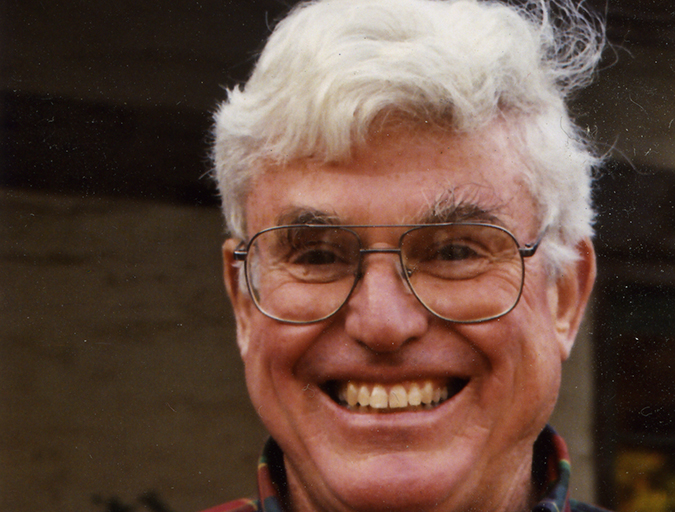
Innovation & Investment
Aquaculture Exchange: George S. Lockwood
With his book, “Aquaculture: Will it Rise to Its Potential to Feed the World?” hot off the presses, the pioneer abalone farmer vents on U.S. aquaculture regulations but remains deeply optimistic about fish farming.
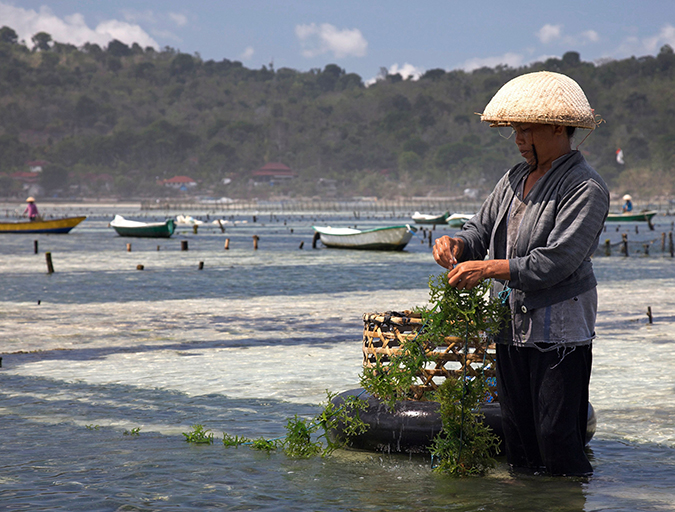
Responsibility
Can sustainable mariculture match agriculture’s output?
Global, sustainable mariculture production, developed on a massive, sustainable scale and using just a small fraction of the world’s oceanic areas, could eventually match the output of land-based agriculture production. Scale and international law considerations require the involvement of many stakeholders, including national governments and international organizations.
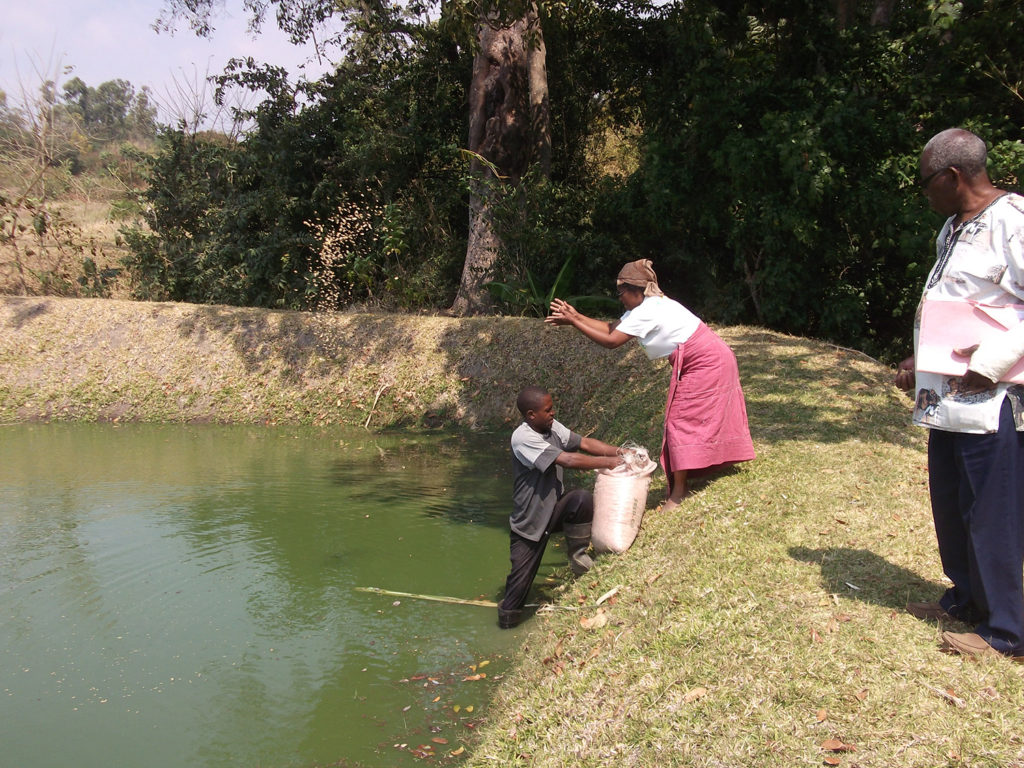
Innovation & Investment
Investing in Africa’s aquaculture future, part 1
What is the future that Africa wants? Views on how to grow aquaculture on the continent vary widely, but no one disputes the notion that food security, food safety, income generation and job creation all stand to benefit.
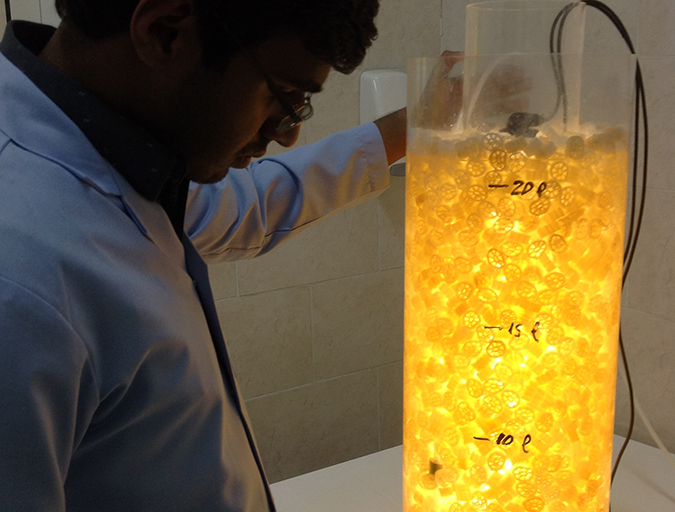
Aquafeeds
Novel reactor developed for indoor, high-density production of diatoms
The development of this reactor for the indoor cultivation of non-suspended microalgae like important diatoms such as Amphora spp., and the cellular dry matter values produced in this study will help bio-filming science support the development and improvement of in situ feed supplementation for fish and shrimp ponds, particularly in desert environments.


